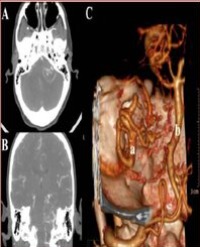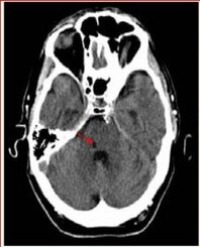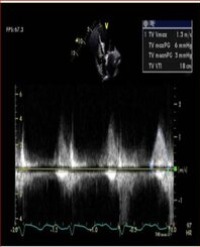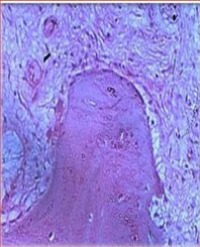
Benign Vestibular Schwannoma: a Rare Cause of Nonaneurysmal Subarachnoid Hemorrhage
Background: Subarachnoid hemorrhage most commonly occurs secondary to trauma, aneurysms, or aggressive tumors. Benign tumors such as vestibular schwannomas are an uncommon cause of subarachnoid hemorrhage. Here we present a case of acute neurologic decline secondary to subarachnoid hemorrhage arising from a benign vestibular schwannoma.
Methods: The methods in this study include case presentation with operative findings and literature review.
Results: A 39 year old male presented with acute hearing loss, severe immediate headache, dizziness, facial numbness, and meningismus. Non-contrast head Computed Tomography (CT) demonstrated subarachnoid hemorrhage. CT angiogram and magnetic resonance imaging revealed a vascular tumor of the cerebellopontine angle with widening of the internal auditory canal, consistent with a vestibular schwannoma. The tumor was approached by retrosigmoid transmeatal craniotomy with complete surgical resection. The pathology revealed vestibular schwannoma.
Conclusion: Although extremely uncommon, benign tumors such as vestibular schwannomas may have an unusual presentation such as spontaneous subarachnoid hemorrhage.
Yusef Mosley¹, Angela Downes², Jamie Van Gompel³, and A Samy Youssef²*




